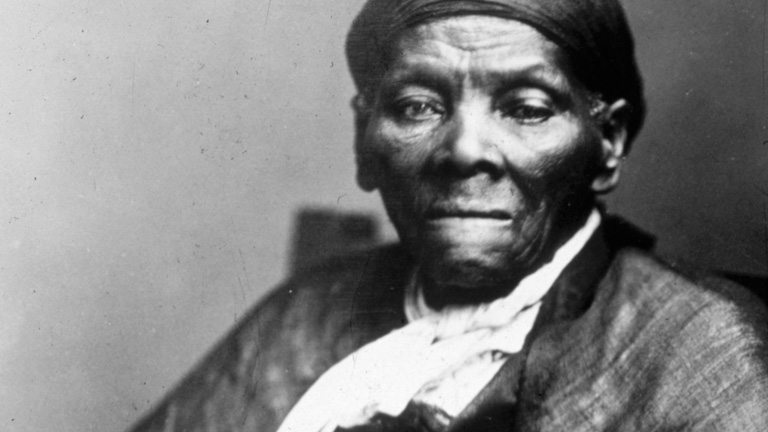Harriet Tubman Going On $20 Bill … Everybody Pissed
P.C. INSANITY! Escaped slave turned abolitionist Harriet Tubman will appear on American $20 bills beYou must Subscribe or log in to read the rest of this content.
P.C. INSANITY!
Escaped slave turned abolitionist Harriet Tubman will appear on American $20 bills be
